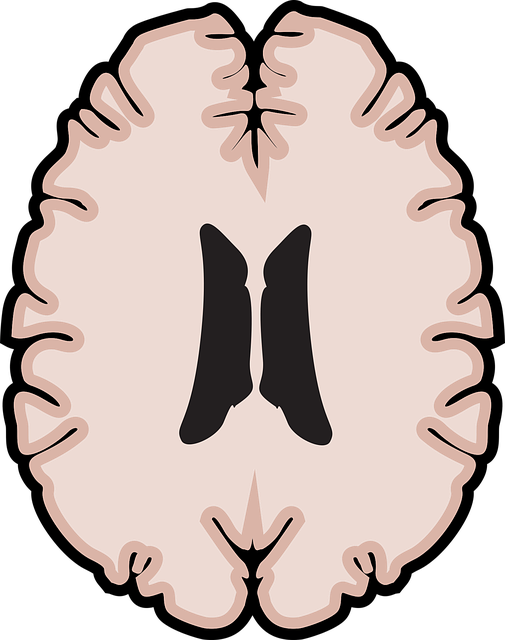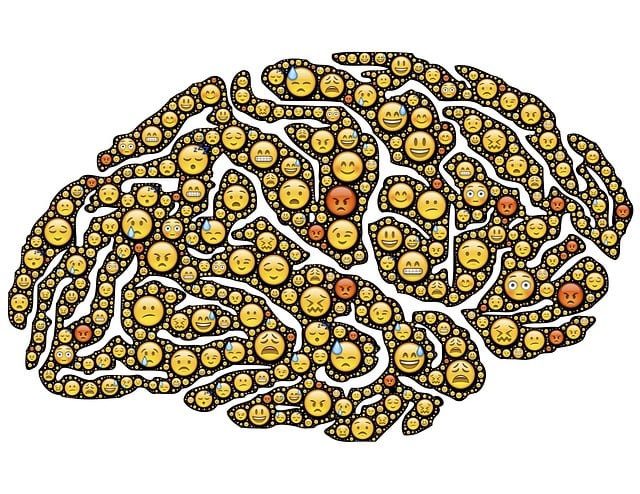Evaluating mental wellness programs, particularly Lone Tree Sexual Abuse Survivor Therapy (LTSAST), is vital for ensuring their success and impact. By combining quantitative data from pre-post assessments tracking symptoms, resilience, and coping mechanisms with qualitative insights from client feedback, interviews, and focus groups, the program's effectiveness can be comprehensively assessed. Key performance indicators like reduced trauma symptoms and self-care routine adoption are crucial, enabling tailored enhancements to foster emotional healing and improved mental wellness outcomes. Regular evaluation using data-driven methods and client feedback drives continuous improvement, making LTSAST more effective in supporting survivors' long-term recovery.
Evaluating mental wellness programs, particularly those catering to survivors of sexual abuse like Lone Tree Sexual Abuse Survivor Therapy, is paramount for gauging their effectiveness and ensuring resources are allocated optimally. This article explores the importance of program evaluation, delving into diverse methodologies, from qualitative and quantitative techniques to key performance indicators (KPIs). We’ll uncover how these tools help measure success, drive continuous improvement, and ultimately enhance services for survivors’ mental wellness.
- Understanding the Importance of Program Evaluation for Mental Wellness Initiatives
- Assessing the Impact: Methodologies for Measuring Success in Survivor Therapy Programs
- The Role of Qualitative and Quantitative Techniques in Evaluating Lone Tree Sexual Abuse Survivor Therapy
- Key Performance Indicators (KPIs): Tracking Progress and Outcomes
- Continuous Improvement: Using Evaluation Data to Enhance Mental Wellness Programs
Understanding the Importance of Program Evaluation for Mental Wellness Initiatives

Evaluating mental wellness programs is a crucial step in ensuring their effectiveness and impact on individuals’ lives, especially for initiatives focusing on sensitive areas like Lone Tree Sexual Abuse Survivor Therapy. This evaluation process plays a pivotal role in understanding what works, what needs improvement, and how to optimize support systems for those dealing with emotional challenges. By implementing robust evaluation methods, organizations can gather valuable insights into the success of their interventions.
Program evaluation provides a structured approach to assess the progress and outcomes of mental wellness initiatives, allowing professionals to adapt and refine strategies. It involves examining various aspects, including participant satisfaction, behavioral changes, and long-term recovery rates. This data-driven process helps in identifying best practices, facilitating emotional healing processes, and even preventing issues like depression among survivors. With such insights, programs can be tailored to meet the unique needs of individuals seeking support, fostering a more comprehensive and effective care environment.
Assessing the Impact: Methodologies for Measuring Success in Survivor Therapy Programs

Evaluating the impact of survivor therapy programs is paramount to understanding their effectiveness and making informed improvements. In the context of Lone Tree Sexual Abuse Survivor Therapy, assessing success goes beyond mere participation; it involves gauging the positive changes in survivors’ lives. One robust methodology is the use of pre-post assessments, where participants complete standardized questionnaires before and after therapy to measure shifts in mental health symptoms, resilience, and coping mechanisms. This comparative analysis provides concrete data on the program’s impact.
Additionally, qualitative approaches like client feedback sessions, interviews, and focus groups offer insights into survivors’ experiences and perceived benefits. These methods capture personal narratives, highlighting improvements in areas such as Burnout Prevention, Stress Management, and Resilience Building. Integrating both quantitative and qualitative data allows for a comprehensive understanding of the program’s success and informs tailored enhancements to cater better to the unique needs of participants.
The Role of Qualitative and Quantitative Techniques in Evaluating Lone Tree Sexual Abuse Survivor Therapy

Evaluating the effectiveness of Lone Tree Sexual Abuse Survivor Therapy (LTSAST) requires a blend of both qualitative and quantitative techniques. While numerical data offers tangible insights into progress, such as reductions in reported stress levels or improvements in sleep quality, measured over time through surveys or standardized tests, qualitative methods provide deeper understanding of survivors’ experiences. Interviews, focus groups, and case studies allow for the exploration of personal narratives, emotional journeys, and perceived changes in self-perception, trust, and interpersonal relationships.
Integrating these approaches offers a comprehensive picture of LTSAST’s impact. Quantitative data can highlight overall trends and statistically significant improvements, while qualitative information paints a richer picture by capturing individual stories of growth, healing, and newfound confidence. This dual method ensures that the program is not just statistically successful but also genuinely empowering survivors through techniques like conflict resolution and stress reduction methods, ultimately boosting their resilience and quality of life.
Key Performance Indicators (KPIs): Tracking Progress and Outcomes

Evaluating a mental wellness program involves tracking key performance indicators (KPIs) to measure progress and outcomes, especially in specialized areas like Lone Tree Sexual Abuse Survivor Therapy. KPIs offer a structured approach to understanding the impact of interventions and guiding improvements. For example, a significant KPI for such therapy programs could be the reduction in symptoms of trauma or anxiety among survivors over time. This data provides tangible evidence of therapeutic effectiveness.
Additionally, monitoring the adoption and persistence of self-care routines developed during therapy sessions is crucial. Self-Care Routine Development for Better Mental Health and Self-Awareness Exercises are integral to long-term emotional healing processes. Measuring participants’ adherence to these practices can highlight areas where further education or support is needed, ensuring personalized care and enhancing overall mental wellness outcomes.
Continuous Improvement: Using Evaluation Data to Enhance Mental Wellness Programs

Mental wellness programs can significantly benefit from adopting a culture of continuous improvement, where evaluation data serves as a powerful tool to enhance and refine services. By regularly assessing the effectiveness of interventions, organizations like Lone Tree Sexual Abuse Survivor Therapy can identify areas that require adjustments and ensure their programs align with the evolving needs of clients. This iterative process encourages a dynamic approach to mental health support.
For instance, implementing Compassion Cultivation Practices or organizing Stress Management Workshops can be evaluated through structured surveys and client feedback sessions. The data collected from these assessments allows professionals to understand the impact of such initiatives on participants’ well-being. As a result, they can make data-driven decisions to improve Self-Care Routine Development for Better Mental Health, ensuring that programs become more tailored and impactful over time.
Evaluating mental wellness programs, such as the Lone Tree Sexual Abuse Survivor Therapy, is paramount for understanding their effectiveness and making informed improvements. By employing a blend of qualitative and quantitative methodologies, including key performance indicators (KPIs), we can accurately assess the impact on survivors’ lives. This data-driven approach not only enhances program success but also ensures that resources are allocated efficiently to support those in need. Continuous improvement cycles, guided by evaluation results, are essential for revolutionizing mental wellness initiatives and fostering better outcomes for all.














